Satellite Text Messaging with iOS 18 - Should You Go All In?
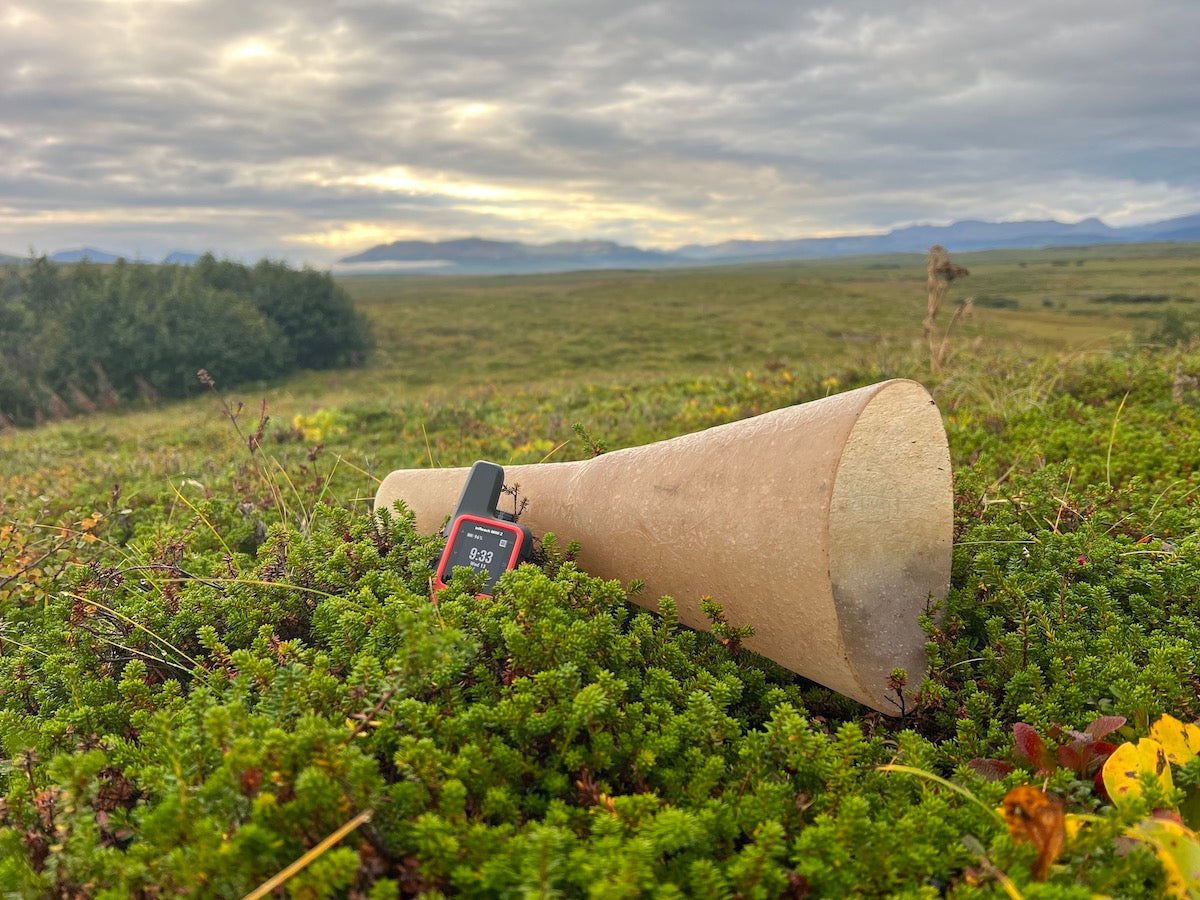
When venturing into the modern backcountry, having a satellite communicator with you that reliably supports both routine and emergency text messaging is a no-brainer. Whether those messages concern the general well-being of your family at home, the relocation of yourself from one remote basin to another, or even the dire need of SOS rescue, certain satellite communication devices such as the Garmin InReach Mini 2 have proven themselves invaluable. But, with the newest release of Apple’s iOS 18 operating system for the iPhone, should you ditch these seemingly redundant devices? Before going all in with iOS 18 in the backcountry, here are a few things to consider that may warrant keeping with a proven Garmin inReach device or similar for the time being.

Convenience & Reliability
If you’ve spent time in remote areas with a Garmin inReach device, then you’ve likely experienced their convenience and reliability despite marginal, line-of-sight clearances with their Iridium Satellite Network overhead. Whether these marginal clearances were due to dense vegetation, increased cloud cover, or the need to remain safely within shelter during a late-season snow storm, these devices have proven capable of transmitting and receiving text messages despite degraded, line-of-sight connectivity. Can their operation become inhibited under these circumstances? Absolutely, but not as readily as with the satellite text messaging offered through iOS 18 in my opinion.


Additionally, it’s worth noting that the Garmin inReach Mini 2 (for example) maintains satellite connectivity despite the passage of time or one’s movement through terrain while the satellite text messaging feature of iOS 18 does not. Here, the Garmin device automatically seeks a follow-on satellite once a prior satellite has passed beyond the point of overhead connectivity. WIth iOS 18, this degree of sustained connectivity isn’t available and the user must physically orient and connect with each satellite prior to transmitting and receiving text messages. Personally, I prefer having the option to become mobile in terrain on my own terms and require that I have the capability to transmit and receive text messages while doing so.
Battery Life
When it comes to a dedicated satellite communication device, such as the Garmin inReach Mini 2, it’s common to witness a battery life that far surpasses that of a modern iPhone. Here, the battery life of a Garmin device is often measured in days while that of a modern iPhone is measured in hours. Add in subfreezing temperatures, and this performance differential becomes even further magnified in favor of the Garmin or similar. With the current popularity of rechargeable electronics among backcountry enthusiasts, one might find this aspect of comparison null and void. But, to bring further emphasis to the cruciality of the 3.5 ounce Garmin inReach Mini 2 specifically, where would you prefer to place your trust and well-being when calamity strikes?

A Purpose-Built Design
There’s something to be said about the durability of the purpose-built Garmin inReach Mini 2 when compared to the relative delicateness of a modern iPhone. Despite the many harsh use applications that Garmin devices have been subjected to through the years, it isn’t common to hear of their becoming damaged or inoperable due to normal “trail use”. Now, when one considers this survivability against the relative frequency of damage that concerns a modern iPhone during everyday life, it’s clear to see that a degree of fragility still plagues the iPhone…especially during extended use in the backcountry.
In addition to durability, the purpose-built design of the Garmin inReach Mini 2 allows for ease of use during subfreezing temperatures when one’s hands must remain well-gloved. This variable of comparison may seem rather insignificant to most, but consider the meaningful reliance one places in their SOS capability. Here with concern to exposure to subfreezing temperatures and at times when the dexterity in one’s hands and fingers becomes degraded, would you still find this difference inconsequential? It could be argued that it may make all of the difference.

Where to Place Your Trust & Confidence?
So, is the recent release of Apple’s iOS 18 the dawn of a new age in satellite texting communication? Yes, likely it is. But should you go all in with iOS 18 and submit your Garmin inReach Mini 2 or similar to the local Facebook Marketplace? No, likely not yet. Sure, the monthly Garmin subscription may provide an inconvenience to one’s budgeting efforts but the performance of their inReach devices is definitely proven. Until Apple furthers the robustness and ease of use associated with their iOS 18 operating system, I’d encourage you to exercise caution with your decision making. It may be nice to save a few ounces, to save against a monthly service subscription, and to have one less device to charge. But does doing so now allow for the appropriate mitigation of risk? There lies a question that every backcountry enthusiast must answer for themself.
Have a gear-related question? Give us a call at (435) 263-0207 or shoot us an email at info@gearfool.com today and we’d be happy to help where we can!
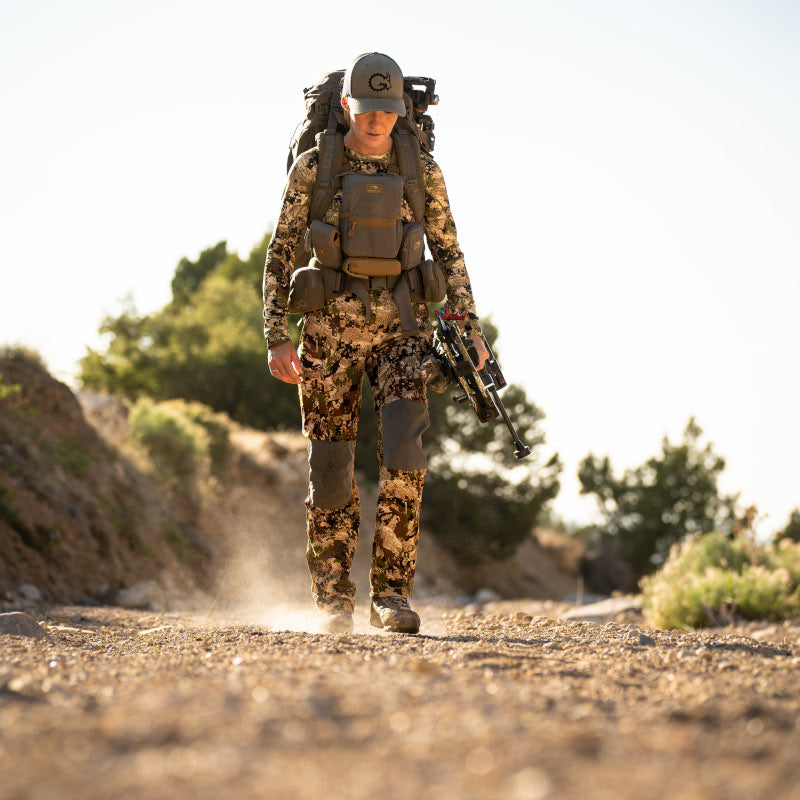

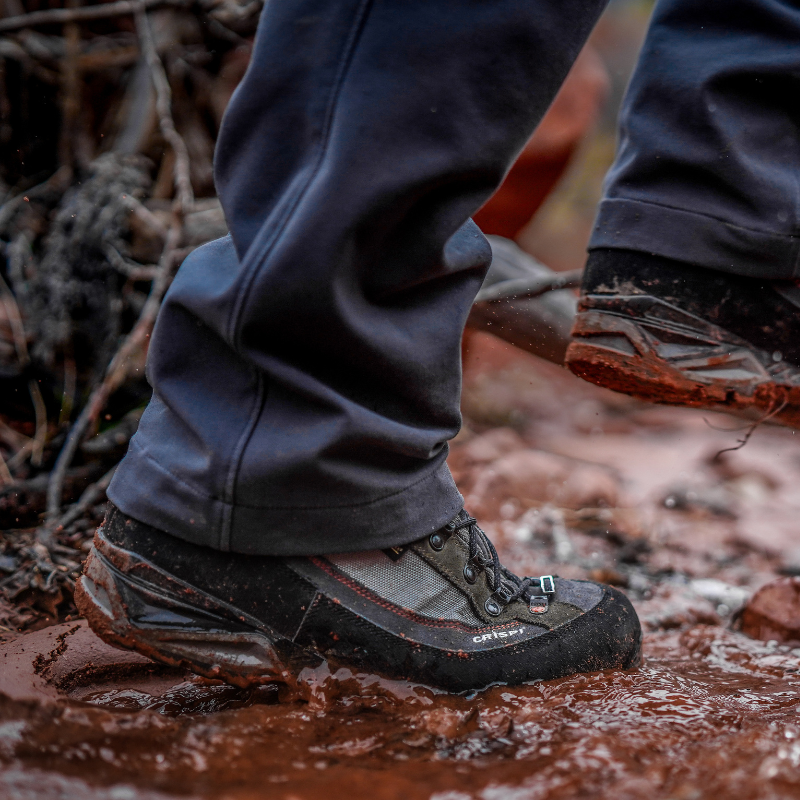
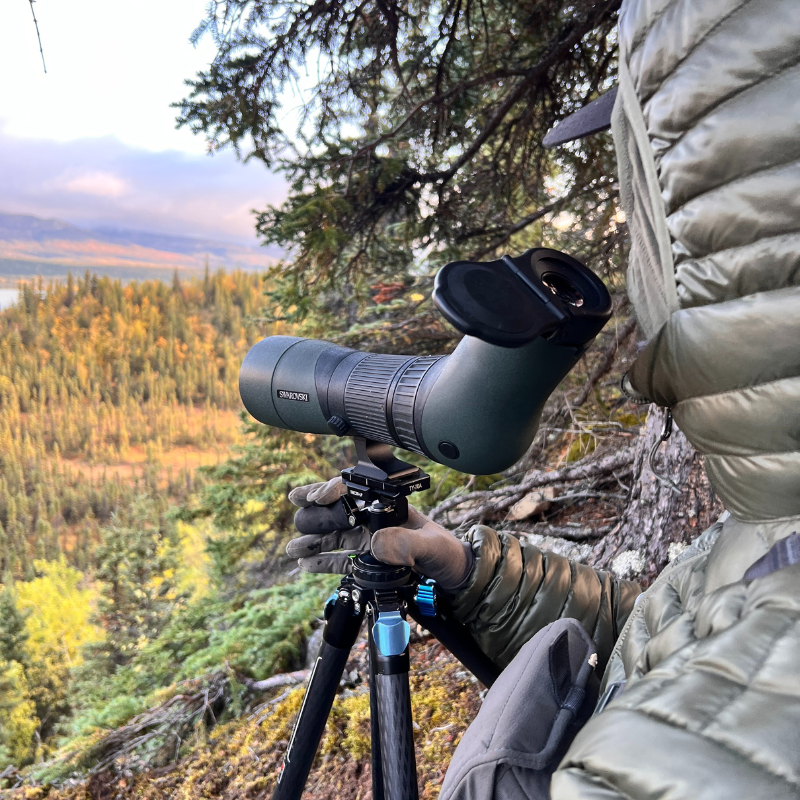
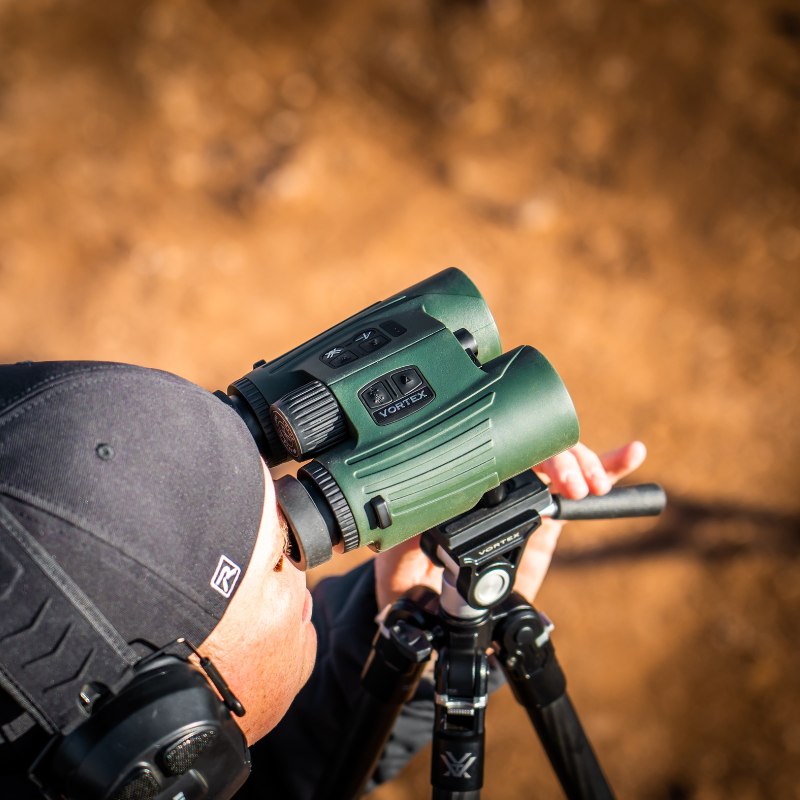





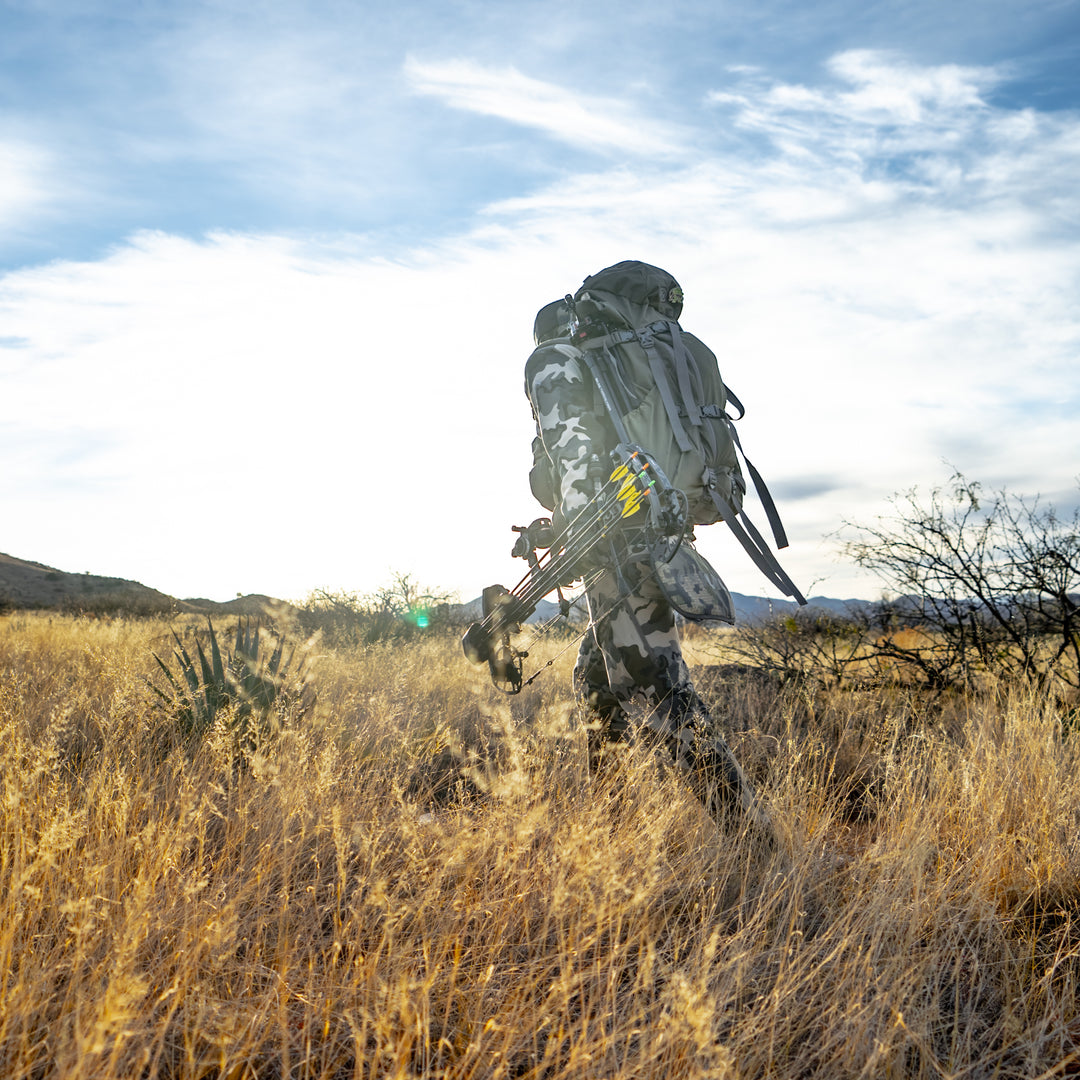
Leave a comment